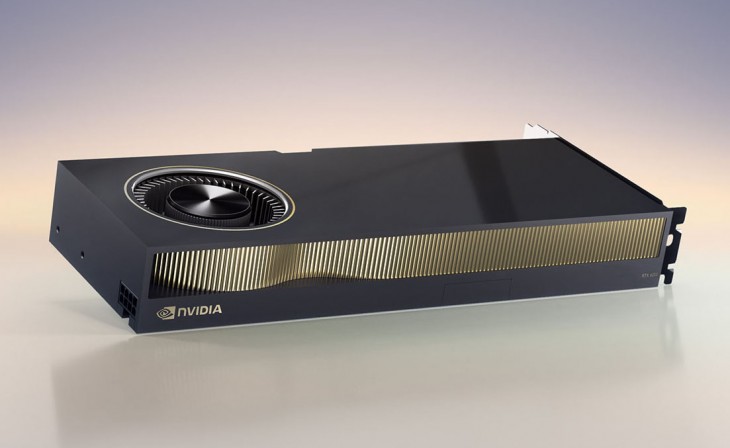Exploring Nvidia's Ada Lovelace Architecture and Its Future Impact on GPUs
Current Landscape of Ada Generation GPUs
Nvidia's current lineup under the Ada architecture includes the AD102, AD103, and AD104 desktop GPUs, powering the RTX 4090, 4080, and 4070 Ti, respectively. The mobile RTX 40-series extends from the entry-level RTX 4050 to the high-end RTX 4090, showcasing the versatility of the Ada architecture across different market segments.
Maximizing the AD102 Chip's Potential
The RTX 4090 utilizes a significant portion of the AD102 GPU but not its full capability. Future models like the RTX 4090 Ti or Titan RTX Ada are expected to unlock the remaining potential of the AD102 chip, offering enhanced performance through increased Streaming Multiprocessors, L2 cache, and higher clock speeds.
Performance Insights from Professional-Grade GPUs
Nvidia's professional RTX 6000 Ada Generation GPUs provide insights into the full capabilities of the AD102 chip. These GPUs hint at the possibility of achieving superior performance levels with increased power and voltage, setting expectations for the upcoming RTX 4090 Ti and Titan RTX Ada.
Also Check Nextorage NE5N SSD Review: High-Performance Storage with Superior Cooling
Rumored Specifications of Upcoming Models
Speculations around the RTX 4090 Ti and Titan RTX Ada suggest they might mirror the RTX 6000 Ada Generation's specifications but with higher Total Graphics Power (TGP) and boost clocks. These improvements are anticipated to significantly enhance throughput and memory subsystems.
Addressing High Power and Cooling Demands
The rumored high power requirements of these GPUs, with limits reaching up to 600W and 800W, necessitate robust cooling solutions. Future designs may need to incorporate advanced cooling technologies, such as a speculated quad-slot gold cooler, to manage the increased power consumption effectively.
Pricing Expectations and Launch Timeline
The RTX 4090 Ti and Titan RTX Ada are expected to be priced steeply, potentially reaching up to $2,999. The exact launch dates remain uncertain, with possibilities ranging from the near future to later in the year, aligning with major industry events.
Looking Beyond Ada: The Future of GPU Performance
Nvidia's roadmap likely includes successors to the Ada architecture, such as the RTX 50-series, which could surpass the performance of current models. The codename 'Blackwell' for Ada's successor hints at future advancements in GPU technology, potentially impacting both data center and consumer markets.
Conclusion: Nvidia's Strategic Approach to High-End GPUs
The anticipation surrounding the RTX 4090 Ti and Titan RTX Ada showcases Nvidia's continued evolution in graphics card technology. While these GPUs are set to push performance boundaries, their high price and power demands may limit their appeal to specific markets. The tech community awaits further announcements from Nvidia, with keen interest in how the company will balance innovation, power, and market demand in its future high-end GPU offerings.
In summary, Nvidia's Ada Lovelace architecture marks a significant milestone in GPU development, setting the stage for even more advanced and powerful models in the near future. As technology enthusiasts and professionals look forward to these developments, the impact of Ada Lovelace and its successors will undoubtedly shape the landscape of graphics processing and gaming experiences for years to come.




